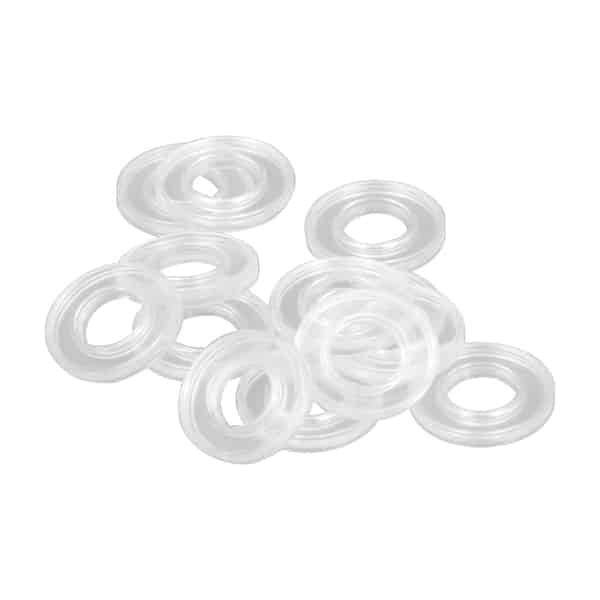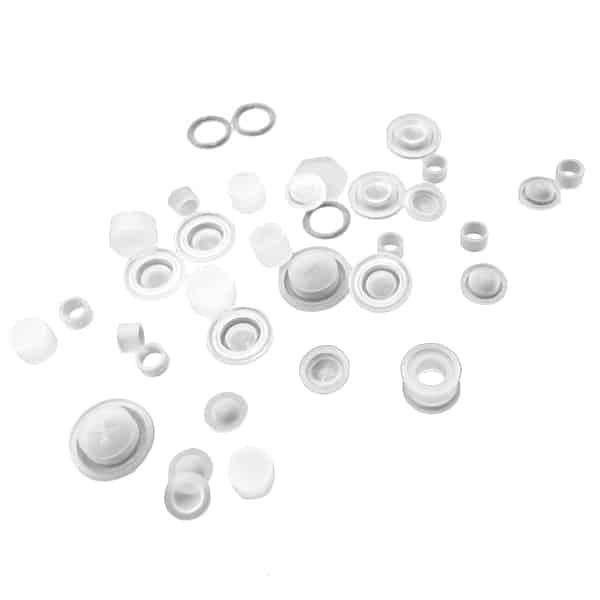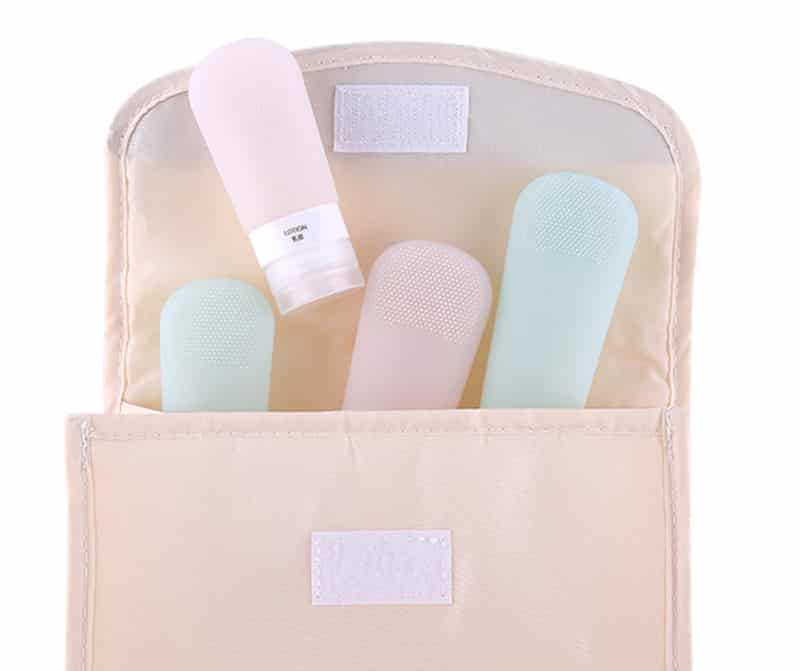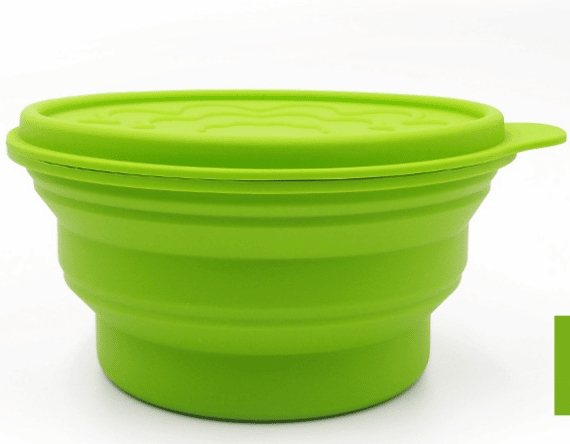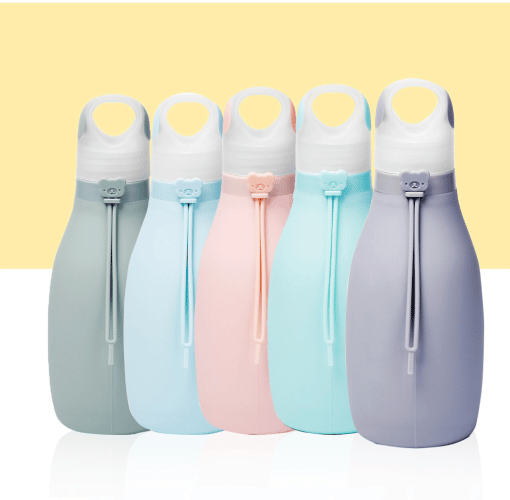UV Resistant Silicone Rubber Products
In this article we focus on silicone Rubber products ability to withstand UV light.
What is UV Radiation?
Ultraviolet (UV) rays most commonly emanate from the sun, but they can also be produced by some lamps and lasers.
Rubber materials can be adversely affected by ongoing exposure to UV radiation, as it affects the molecular structure of the material which causes it to break down or degrade. Both physical and chemical changes can occur in natural and synthetic polymers such as some rubbers, causing it to crack, lose flexibility, weaken, fade and ultimately, even disintegrate.
The extent of possible degradation due to UV exposure depends on whether the part is going to be partially or constantly exposed to the sun. UV-resistant materials are not usually needed for indoor applications.
Although the wavelength for UV rays is 100 – 400 nm, UVA rays with a wavelength of 315 – 400nm form most of the radiation reaching the earth. UV radiation harms human health, causing skin cancers, sunburns, and immune system damage. Unfortunately, as UV exposure is harmful to humans, it is also detrimental to elastomers.
How does the Sun Affect Silicone Rubber?
The sun emits UV radiation, which affects the properties of silicone rubber. The UV rays attack rubber molecularly, weakening and breaking the monomer chains. Hence, the radiation hinders the polymerization process.
The effects of the sun on silicone rubber include loss of flexibility and elasticity, crack formation, disintegration, and loss of moss. Other products of the sun on silicone rubber include color fading and deterioration.
How does UV Light Affect Physical and Chemical Changes in Rubber?
Depending on its molecular structure, it can either become hard or soft when rubber degrades. UV light changes the chemical properties of silicone rubber in a chain hardening or chain scission process.
Chain hardening occurs when the free radicals produced by UV light and oxygen combine, forming new cross-links. These cross-links then reduce the silicone rubber’s flexibility and cause hardening. The chain hardening process is peculiar to nitrile rubber and styrene-butadiene-styrene. These types of silicone rubber were formed from the cross-linking process where polymer chains form a single molecule.
On the other hand, the chain scission process occurs in silicone rubber compounds formed through polymerization. This process gradually degrades and softens the silicone rubber material. Polymerization involves the bonding of multiple monomers to create a polymer.
What is UV-resistant Rubber?
UV-resistant rubber is a silicone rubber material resistant to the effects of ultraviolet (UV) light, including sunlight. However, exposure to UV radiation affects the molecular structure of polymers, breaking them down or degrading them. Consequently, these materials fade, lose flexibility and disintegrate.
Nevertheless, on exposure to UV light, UV-resistant silicone rubber retains its mechanical properties, including strength, hardness, and elasticity. However, it is essential to note that not all types of silicone rubber have UV resistance.
What are UV-resistant Rubber Benefits?
Weather Resistance: UV-resistant rubber is suitable for outdoor use because it can withstand UV light and ozone exposure. Consequently, outdoors, they do not lose shape, elasticity, or mechanical properties.
Durability: The resistive properties of UV-resistant rubber make them durable. Therefore, gaskets and seals made from UV-resistant rubber saves cost in the long run because they last a long time without wearing or tearing.
Thermal stability: UV-resistant rubber also has high-temperature stability. Because there are different types of UV-resistant rubber, their thermal stability varies. Nevertheless, they are all suitable for high-heat applications.
Rebound properties: UV-resistant rubber also has excellent tensile strength and compression resistance. Therefore, they have rebound properties after exposure to compression sets.
Silicone Rubber is Widely used in UV-resistant
Silicone is another UV-resistant synthetic rubber. This type of elastomer is versatile, featuring properties including ozone and oxygen resistance, aging, and high-temperature resistance. Silicone works well in high and low temperatures. The material withstands temperatures between -55degreesC and 204degreesC. Other properties of Silicone include its thermal and electrical insulation, high tensile strength, and resistance to compression sets.
Silicone is widely used to manufacture O-rings, gaskets, food-grade products, and outdoor products.
If you need silicone rubber products more UV-resistant. You can add some anti-UV-resistant material. This kind of silicone material will be a higher cost than the original silicone material. But the UV-resistant property is better.
Therefore, let’s take a look at other factors to consider before choosing UV-resistant silicone rubber.
Degree of exposure
Exposing your rubber constantly to the sun is different from occasional exposure. The degree of exposure is critical in determining the best UV-resistant silicone rubber for your application.
Silicone Rubber thickness
Not all types of UV-resistant silicone rubber are available in the same thickness. If you need a much thicker rubber for your application, you must choose one that matches your specifications.
Hardness
Hardness is also known as shore durometer. Silicone Rubbers with small durometers are not as hard as those with a broader durometer range. However, it is essential to consider hardness before choosing a UV-resistant silicone rubber because this property is necessary for pressure and compression applications.
It is important to note that different scales measure rubber materials’ hardness. For example, the Shore A hardness scale measures the hardness of silicone rubber. The measurement ranges from soft and flexible to complex with no flexibility.
Temperature
All UV-resistant rubber has a specific temperature range. When choosing a UV-resistant rubber, consider your application’s temperature and the rubber’s temperature range. If your application’s temperature exceeds your selected rubber range, the rubber will melt and burn. Of all UV-resistant rubber, Silicone has the highest temperature range – 40 to +250 degree.
Oil resistance
Although not all applications require oil, it is still essential to consider the oil resistance of your UV-resistant silicone rubber. This is because oil can severely degrade rubber. But, oil-resistant silicone rubbers are especially useful in the automotive industry. Examples of oil-resistant rubber include Neoprene and Viton.
Abrasion resistance
Does your application require mechanical action, including scraping or rubbing? If yes, choosing UV-resistant silicone rubber with excellent abrasion-resistant properties is critical. However, it is essential to note that not all rubber types possess the same level of abrasion resistance.
Acid-resistance
Although not all applications require acids, it is essential to consider acid resistance before choosing a UV-resistant silicone rubber. This is because acid attacks almost all types of silicone rubber. And if your application requires highly acidic solutions, always consider rubber resistance. For instance, Viton is resistant to some caustic chemicals but is not immune to ethyl ethers and acetone.
Conclusion
UV rays have devastating effects on rubber. The light causes physical and chemical changes, including a loss in mass. However, UV-resistant rubber can withstand weather conditions. Therefore, you can use them in outdoor applications. Silicone, EPDM, and Viton are some of the best UV-resistant rubber on the market. Before choosing a rubber material that suits your application, consider the hardness, abrasion, oil, and acid resistance.
Further Reading
Technical Related
About Author: Z.S.R International Group
Z.S.R International Group(Hong Kong) co., Limited, is a one-stop supplier for molded silicone products and silicone products molding solution provider in the consumer products field. We offer OEM services from silicone product design to Silicone products contract manufacturing. We have the capability for custom silicone tooling, LSR(Liquid silicone Rubber) molded silicone products, solid silicone molded products, molded silicone multi-colored products. We also can custom molded silicone, custom molded LSR, custom molded dripping injection dispensing(co-injection) silicone multi-colored products.



